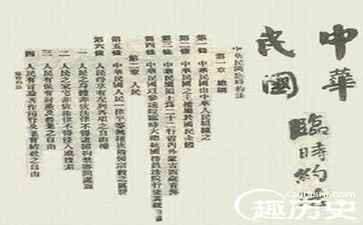網(wǎng)站首頁
Website Home

微山縣震圓木制玩具有限公司位于微山縣,微山縣震圓木制玩具有限公司www.snbzb.cn經(jīng)營范圍含:鐵路工程、寵物用品、橡膠、襯衣、繼電器、磨料、通用零部件、煙草加工、配飾、交換機(jī)(依法須經(jīng)批準(zhǔn)的項目,經(jīng)相關(guān)部門批準(zhǔn)后方可開展經(jīng)營活動)。。
微山縣震圓木制玩具有限公司遵照黨中央、國務(wù)院關(guān)于國有企業(yè)深化改革的戰(zhàn)略部署,我們將緊密圍繞國資委提出的做大、做強(qiáng)企業(yè)的核心要求,堅定不移地推動企業(yè)改革進(jìn)程。我們將進(jìn)一步優(yōu)化產(chǎn)業(yè)結(jié)構(gòu),合理配置資源,以提升企業(yè)的核心競爭力為關(guān)鍵,全面提升企業(yè)的整體素質(zhì)和經(jīng)營能力。同時,我們將積極面向國際、國內(nèi)兩個市場,努力開拓新的發(fā)展空間,向著更加遠(yuǎn)大、宏偉的目標(biāo)不斷奮斗,為實現(xiàn)企業(yè)的可持續(xù)發(fā)展和國家的繁榮富強(qiáng)貢獻(xiàn)力量。
微山縣震圓木制玩具有限公司在發(fā)展中注重與業(yè)界人士合作交流,強(qiáng)強(qiáng)聯(lián)手,共同發(fā)展壯大。在客戶層面中力求廣泛 建立穩(wěn)定的客戶基礎(chǔ),業(yè)務(wù)范圍涵蓋了建筑業(yè)、設(shè)計業(yè)、工業(yè)、制造業(yè)、文化業(yè)、外商獨資 企業(yè)等領(lǐng)域,針對較為復(fù)雜、繁瑣的行業(yè)資質(zhì)注冊申請咨詢有著豐富的實操經(jīng)驗,分別滿足 不同行業(yè),為各企業(yè)盡其所能,為之提供合理、多方面的專業(yè)服務(wù)。

微山縣震圓木制玩具有限公司秉承“質(zhì)量為本,服務(wù)社會”的原則,立足于高新技術(shù),科學(xué)管理,擁有現(xiàn)代化的生產(chǎn)、檢測及試驗設(shè)備,已建立起完善的產(chǎn)品結(jié)構(gòu)體系,產(chǎn)品品種,結(jié)構(gòu)體系完善,性能質(zhì)量穩(wěn)定。
微山縣震圓木制玩具有限公司是一家具有完整生態(tài)鏈的企業(yè),它為客戶提供綜合的、專業(yè)現(xiàn)代化裝修解決方案。為消費者提供較優(yōu)質(zhì)的產(chǎn)品、較貼切的服務(wù)、較具競爭力的營銷模式。
核心價值:尊重、誠信、推崇、感恩、合作
經(jīng)營理念:客戶、誠信、專業(yè)、團(tuán)隊、成功
服務(wù)理念:真誠、專業(yè)、精準(zhǔn)、周全、可靠
企業(yè)愿景:成為較受信任的創(chuàng)新性企業(yè)服務(wù)開放平臺
